Description
Qu’est-ce que le Hojicha?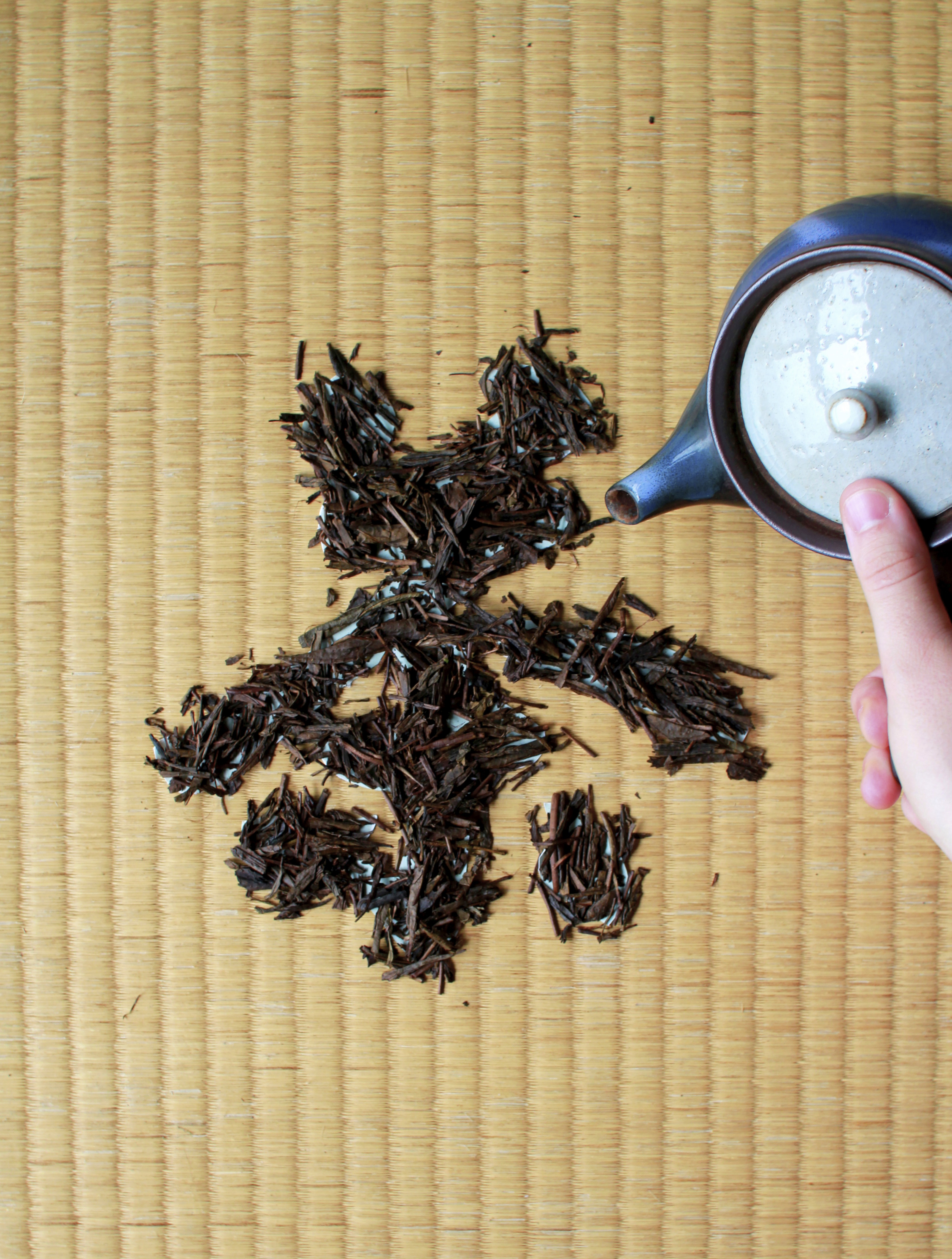
Bien qu’il ne soit pas de couleur verte, le Hojicha (焙じ茶 ), littéralement « thé torréfié », est tout de même considéré comme un thé vert. Sa couleur brune ambrée et son doux parfum de noisette grillé résulte de la torréfaction des feuilles.
Il est le plus souvent fabriqué à partir de thé vert de moyenne à basse qualité, souvent de grade Bancha, ou de thé de tiges Kukicha (Bocha).
Il est néanmoins tout à fait possible d’utiliser d’autres types de thé plus haut de gamme.
Pour torréfier les feuilles de thé de la façon la plus homogène possible, les producteurs ont souvent recourt à une technique de torréfaction au sable ou au charbon.
Lors du chauffage du thé à haute température, la caféine présente dans les feuilles est en grande partie dissoute. Le Hojicha une donc une boisson peu caféinée et facilement consommable tout au long de la journée et en soirée, et peut convenir tout autant aux enfants qu’aux personnes âgées.
Sa douce saveur grillée est aussi souvent appréciée des personnes souhaitant passer du café au thé.
Profil de l’agriculteur
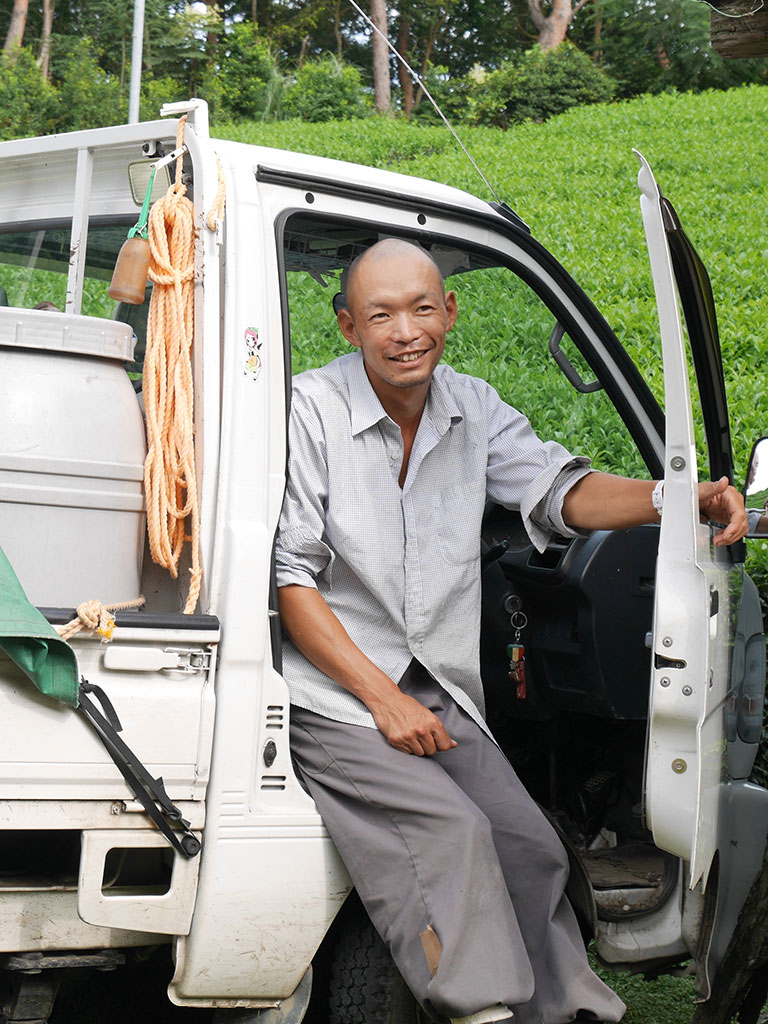
Akihiro Kita dit « Akky » est le président et l’exploitant agricole principal d’Obubu Tea Farm.
La création d’Obubu Tea est à l’origine de son désir de rendre le thé japonais accessible à tous !
Lors de ses années à l’université, Akky s’est fait engager en tant qu’employé saisonnier dans le village de thé de Wazuka et … ce fût le coup de foudre!
Il prit alors la décision de quitter l’université pour consacrer tout son temps à maitriser l’art de la culture du thé en devenant lui-même producteur.
Prenant conscience de l’envie et du besoin des agriculteurs indépendants tel que lui de partager la joie que procure une simple tasse de thé, il voyage depuis tous les ans durant la période hivernale pour diffuser sa passion pour le thé japonais avec des gens du monde entier.
Méthode de fabrication et guide d’infusion

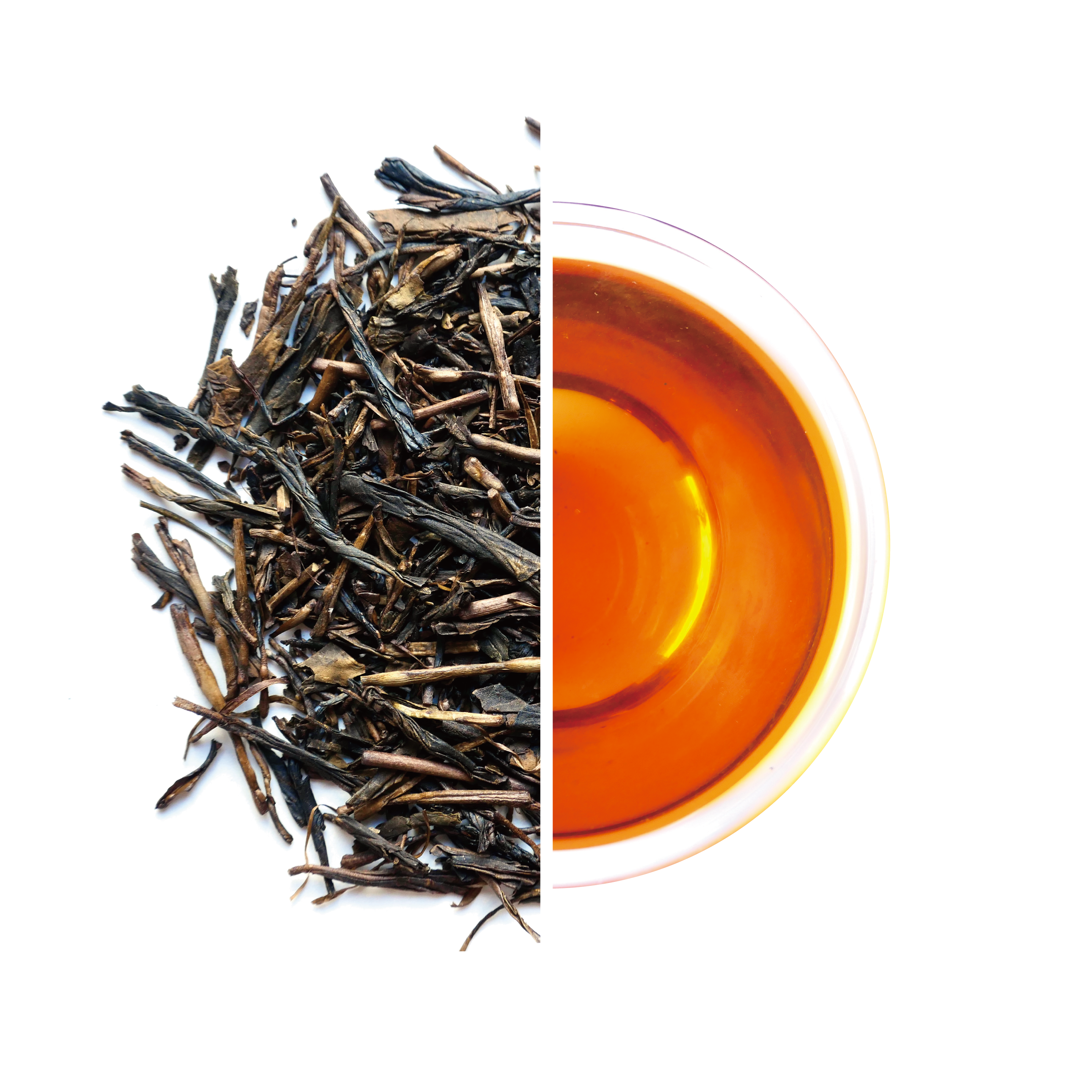
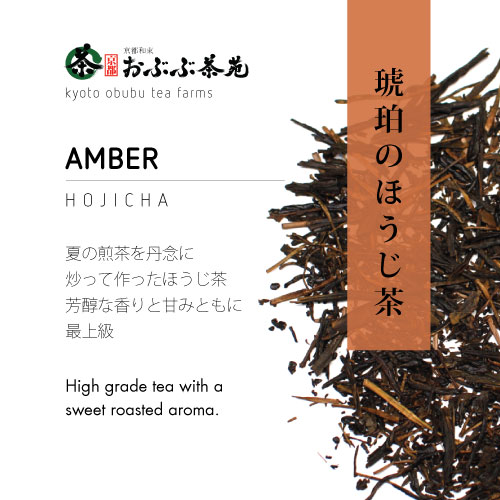

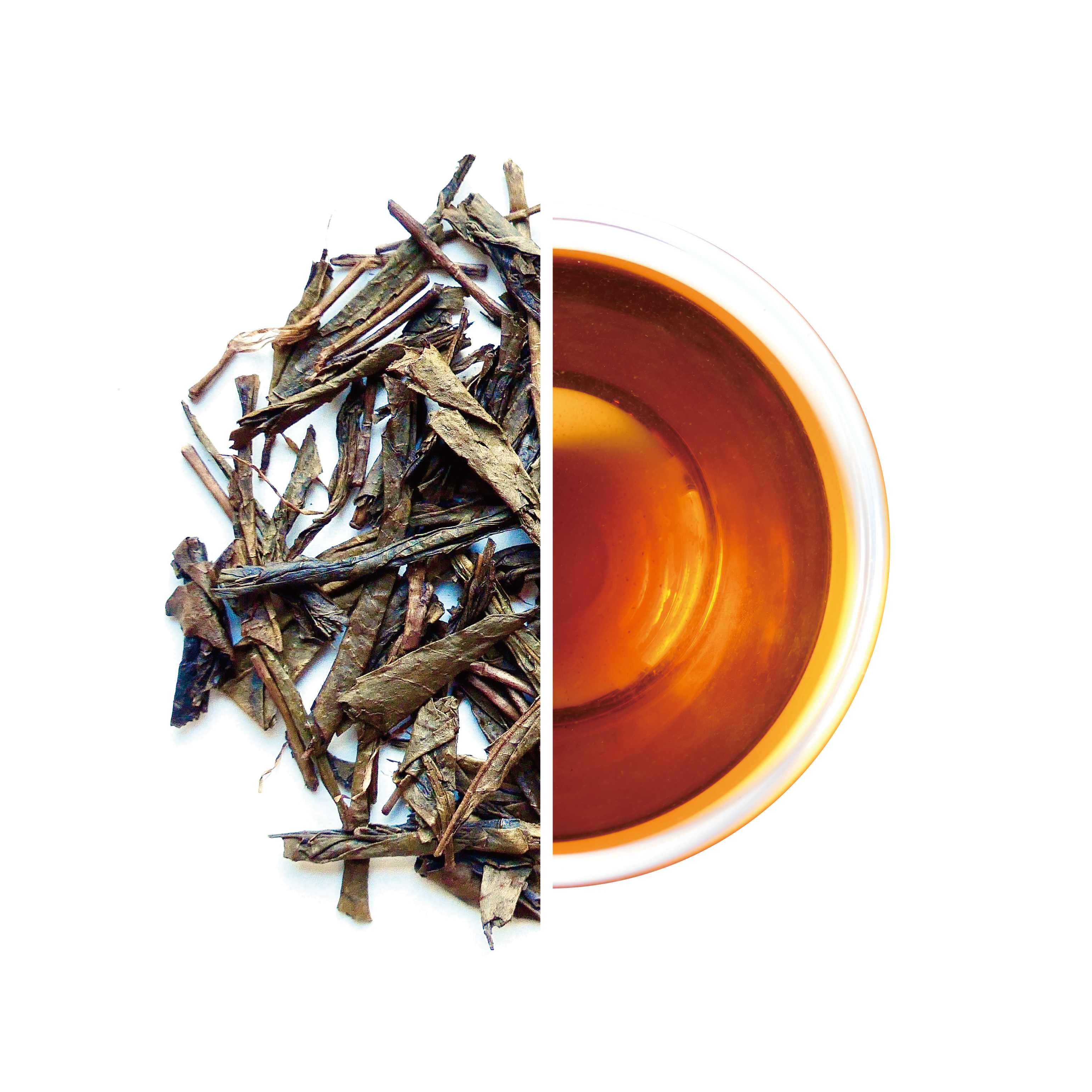
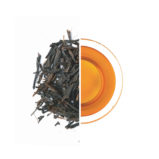
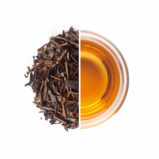
Obubu Tea –
Reviews by tea professionals and enthusiasts:
« The orange-amber infusion has an aroma of caramelized vegetables and smoky roasted nuts with a hint of caramelized sugar. The taste is full-flavored, smoky and smooth, with notes of fresh roasted nuts and wood and a long finish.
This hojicha is smooth and palate friendly, producing at least three flavorful infusions. I made a separate pot later in the day, forgetting about it for over five minutes, and the resulting tea was still delicious with no bitterness » Heather Porter, 2016
« I was pleasantly surprised as to how flavorful and interesting this tea is. It has a very savory smell to it but when tasting it, the brew is actually calming and rather comforting. I think its great for anytime of day » – Alison, 2016
« This was the first Hojicha iv ever tasted and it was a great introduction-it really blew me away because I had never experienced such wonderful , exciting flavours before. It had a earthy , woody smell with a smooky , oaky robust flavour . It has a lovely seaweed aftertaste . I cant wait to try the dark roasted Hojicha! » – Bhamnini L, 2016
» The umami mixture of roasted kelp and campfire washes over your tongue, again it reminds me of a seaside bonfire. At the very finish transitioning into the aftertaste you get a touch of toasted marshmallow, this delicate sweetness with a bit of smoke lingers for quite a while. I can see this being the perfect end of summer beginning of autumn tea, it reminds me so much of that last visit to the ocean before summer is over, but you can start feeling the chill in the air at night »- Amanda Freeman, 2014
“Sweet and delicious, with a moderate amount of astringency … this is different from the usual Houjicha which I might describe as a mellow, easy-going kind of tea … this one has a certain lively vibe to it that makes it different but still quite delightful. If you like Houjicha … add this to your MUST try list!” – by Sorosi Tea Sisters, 2013
“This was a very interesting Houjicha … I could still taste the vegetative tones of the Sencha in this tea, as well as some of the floral tones of the Sencha … usually, it’s been my experience that with the roasting process, the houjicha becomes an entirely new flavor but here, I taste notes of the Sencha still … I like that though! The vegetative notes taste a bit like roasted vegetables … and I like this unique taste. There is a slight creamy tone to this cup too … it’s a little bit nutty, a little bit toasty and warm, a little bit vegetative and savory, and a little bit sweet and creamy! A really nice cuppa.” – by LiberTEAS, 2013
“Thumbing through the reviews, I was glad to see I wasn’t the only one getting the Sencha flavor still coming through in this cup. It’s definitely a unique experience, as I’m used to that flavor being blitzed away through the roasting” – by Moraiwe, 2013
“The steep color IS a beautiful amber color. I like it for the steep color alone! The flavor is roasty, toasty and surprisingly sweet (and I steeped it hot and for a while). Good stuff!” – by Tea Sipper, 2012
“This is a mighty fine Houjicha but it’s a tad different than your standard Houjicha…it just has that little extra something-something. Sure – it has that robust roasted flavor and notes of woodsy/nutty goodness but it has a sweet-mineral type flavor to it too! I like it!” – by Muppetlove, 2012